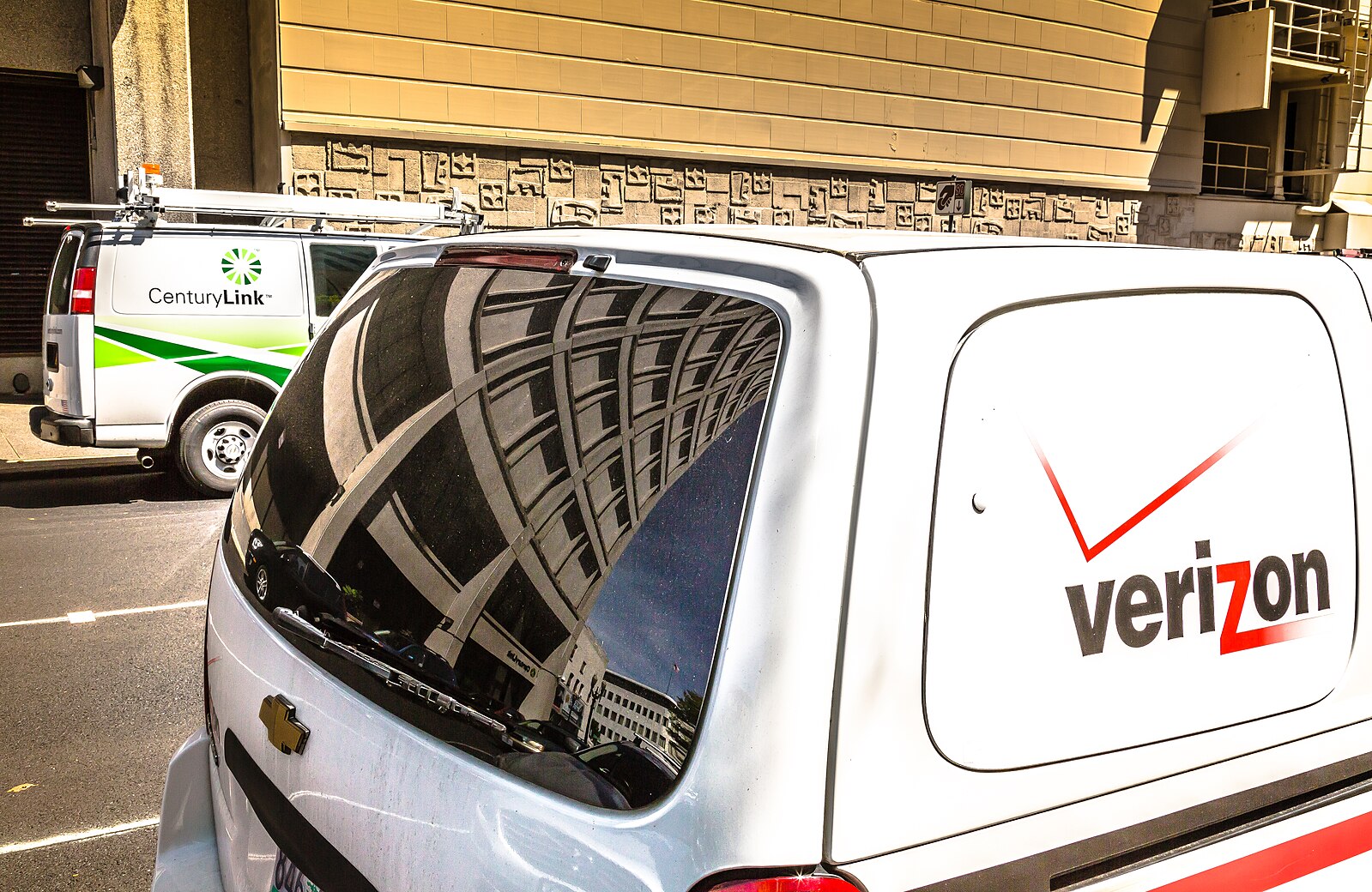Business
Space-Based Cellular Network to Power Verizon’s Rural Reach
By Jake Beardslee · October 8, 2025

Expanding Cellular Reach Beyond Earth
AST SpaceMobile announced on Wednesday that it has entered a new agreement with Verizon to provide cellular service directly from space starting next year. The partnership will allow Verizon customers to connect to satellite networks “when needed,” expanding coverage in remote or underserved areas. Harrison Keely, CC BY 4.0 https://creativecommons.org/licenses/by/4.0, via Wikimedia Commons
Strengthening a Growing Partnership
The collaboration builds upon a relationship first unveiled last year between the two companies. While details of the new agreement remain undisclosed, AST described it as a “definitive commercial agreement” to extend its satellite broadband network across the continental United States. AST SpaceMobile / Wikimedia
Market Reaction: AST Surges, Verizon Dips
Following the announcement, AST SpaceMobile’s shares jumped more than 8% on Wednesday. The stock has already seen a rise of more than 250% in 2025 alone. Verizon’s shares, meanwhile, ticked slightly lower after the news. Jakub Żerdzicki / Unsplash
AST CEO Highlights Nationwide Coverage Plans
“Through our definitive commercial agreement with Verizon, we are working to deliver space-based cellular broadband coverage from space across the continental United States,” said Abel Avellan, founder and CEO of AST SpaceMobile, in a press release. Jonas Leupe / Unsplash
Expanding Verizon’s Low-Band Spectrum
Avellan explained that the deal will extend Verizon’s 850 MHz premium low-band spectrum into regions that could benefit most from expanded connectivity. This effort aims to bolster rural and hard-to-reach networks with satellite-based broadband service. Tony Webster from Portland, Oregon, CC BY 2.0 https://creativecommons.org/licenses/by/2.0, via Wikimedia Commons